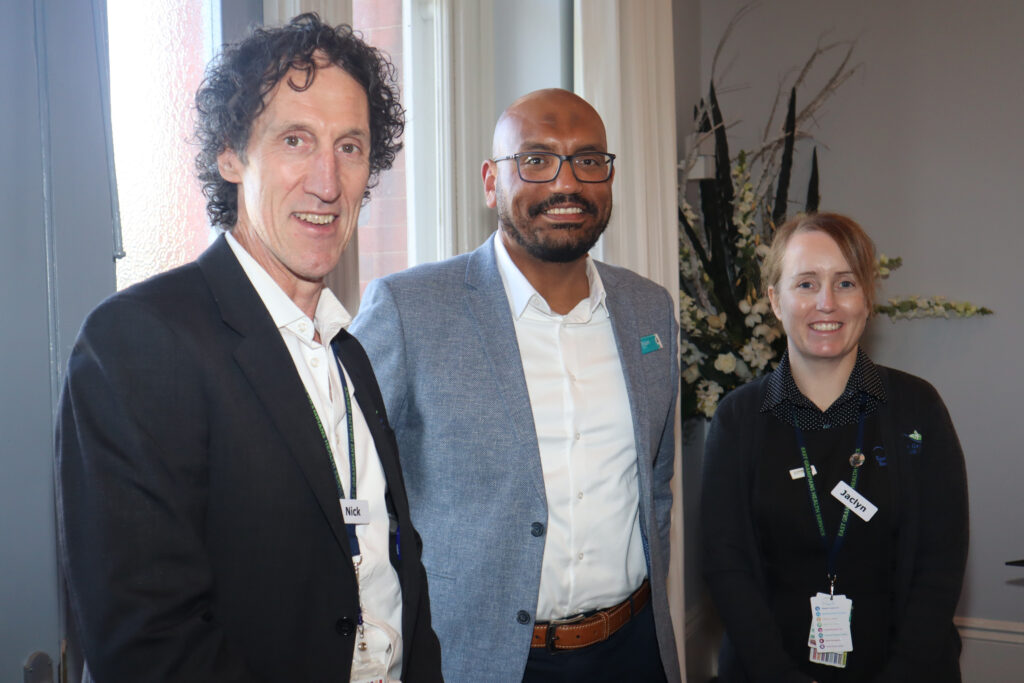Deakin University lecturer speaks to EGHS leaders
Lecturer at Deakin University’s Ararat Medical School, Dr Eslam Ahmed, recently spoke at an East Grampians Health Service leadership group lunch, highlighting his interesting career, which began in Cairo and ended in Ararat, via Hiroshima.
Dr Ahmed visits EGHS regularly as a lecturer for the first and second year Rural Training Stream Doctor of Medicine program, teaching anatomy and pathology three days a week.
Recently completing his PhD at the Deakin School of Medicine with a focus on neuroanatomy, Dr Ahmed also has over 12 years’ teaching experience both at Deakin with the anatomy and pathology team and overseas.
Dr Ahmed commenced his career at the Ain Shams University, Cairo, Egypt, completing his university education in 2009, going on to employment at the same university from 2008 to 2017 in research and as a lecturer in medical science.
From 2017 to 2019 Dr Ahmed undertook research at the Hiroshima University, Japan, as well as teaching MD students.
Dr Ahmed then moved to Australia and completed his PhD in 2023 at Deakin University Geelong in neuroanatomy, with his research looking at the effect of peripheral inflammation (lung inflammation) on the brain.
Since September 2024 Dr Ahmed has been a lecturer in medical science for years one and two students in the Rural Training Stream, and told the EGHS leadership group that he applied for this position because he had a passion for teaching and rural and regional health.
Dr Ahmed said Ararat was a challenging but inspiring place to work.
“Regional students receive the same world-class education as their peers on metropolitan campuses,” he said.
Dr Ahmed said the success of the program would be demonstrated through creating an environment where students in Ararat felt empowered, supported and inspired, with students leaving the course confident in their scientific knowledge and clinical reasoning.
“Ideally, students develop deep ties with the local health services, contributing to and learning from rural health settings,” he said.
“Despite being outside the main campus, Ararat is not peripheral, it’s pioneering and I’m proud to be part of it. “Together with local health leaders and educators like yourselves, I believe we can shape a future workforce that is not only clinically capable but deeply connected to the communities they serve.”

 (03) 5352 9300IN AN EMERGENCY CALL 000
(03) 5352 9300IN AN EMERGENCY CALL 000



